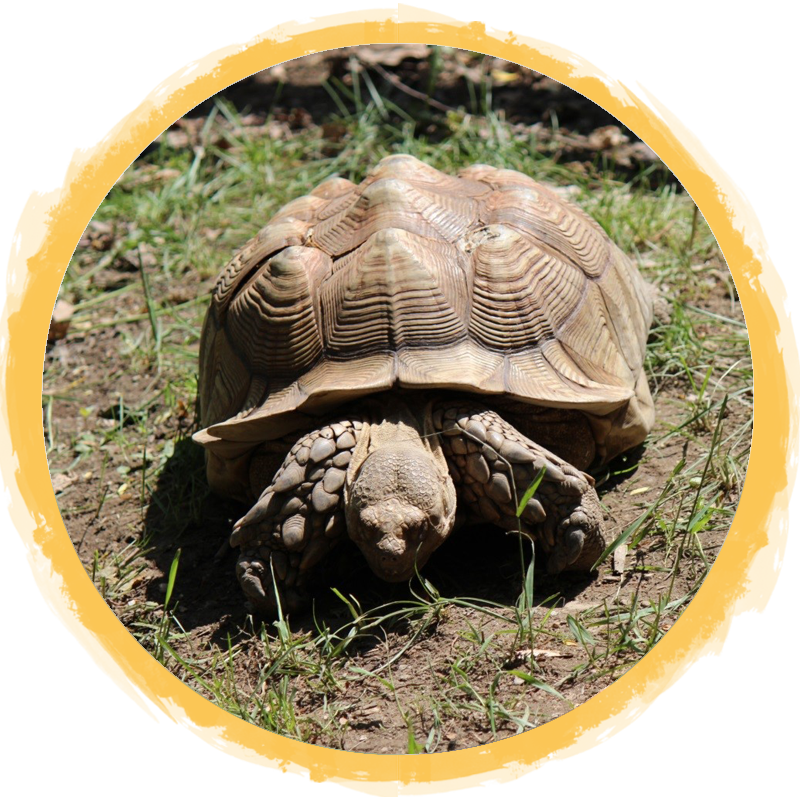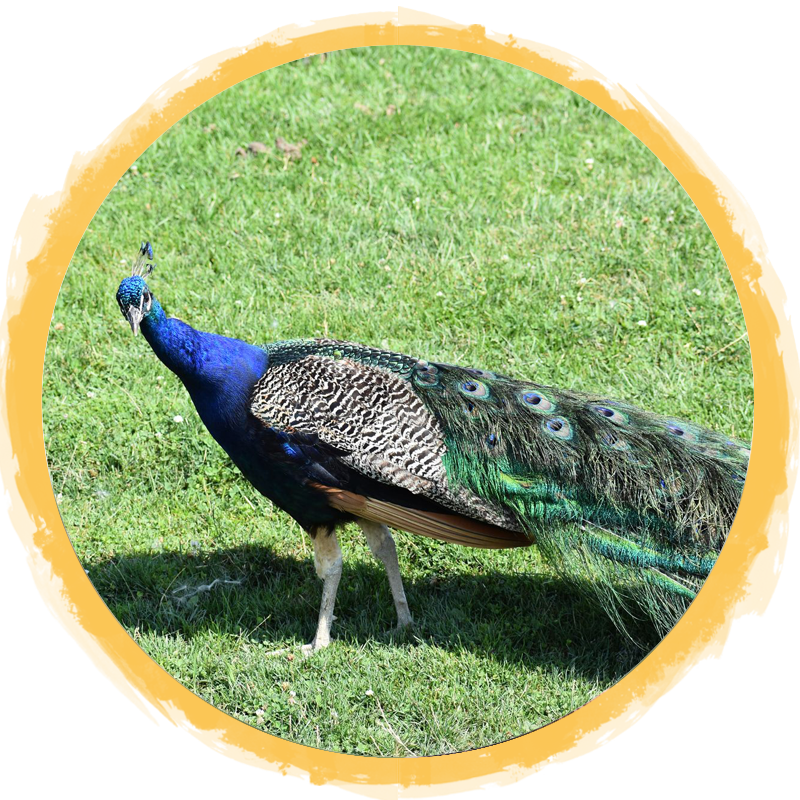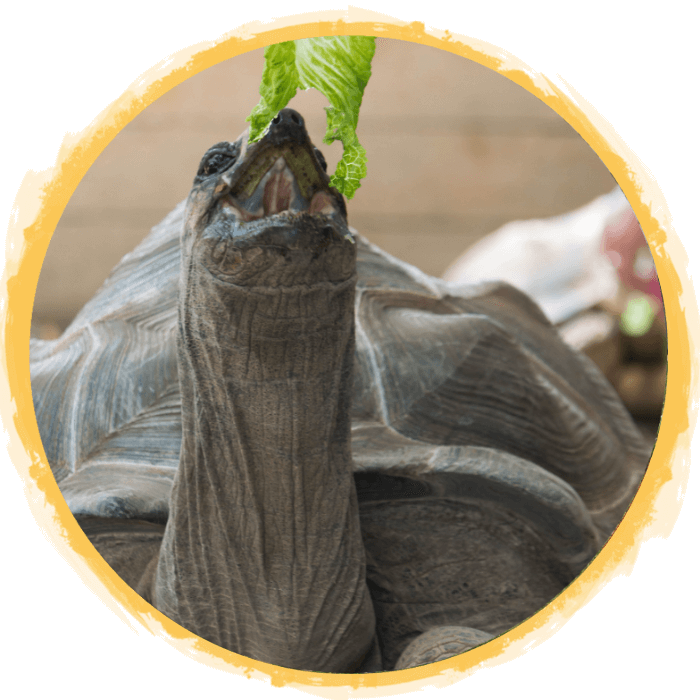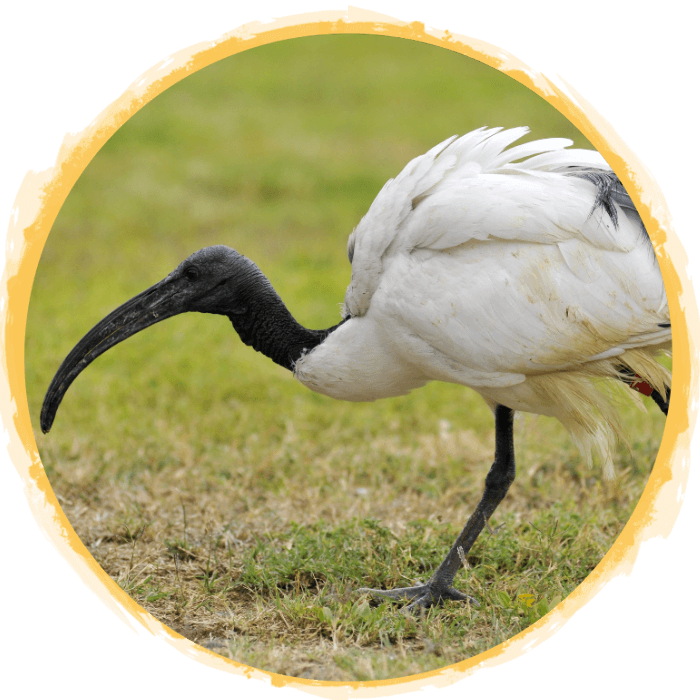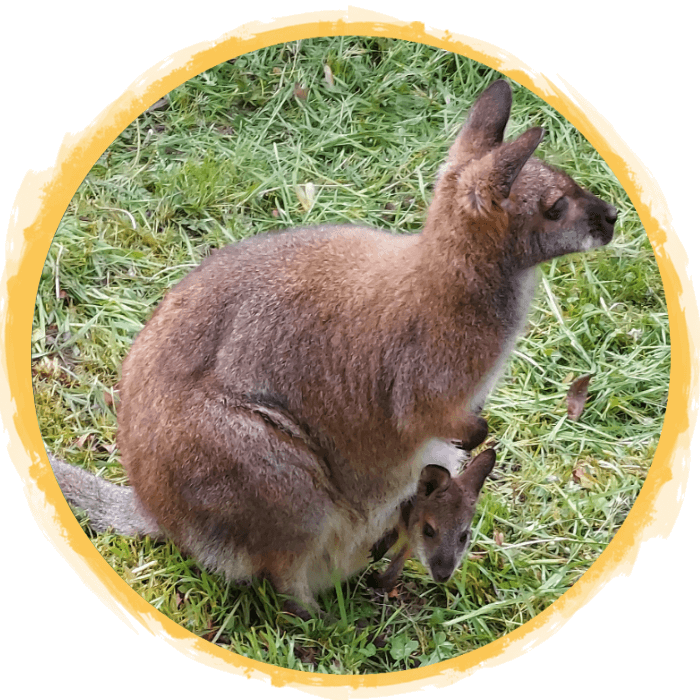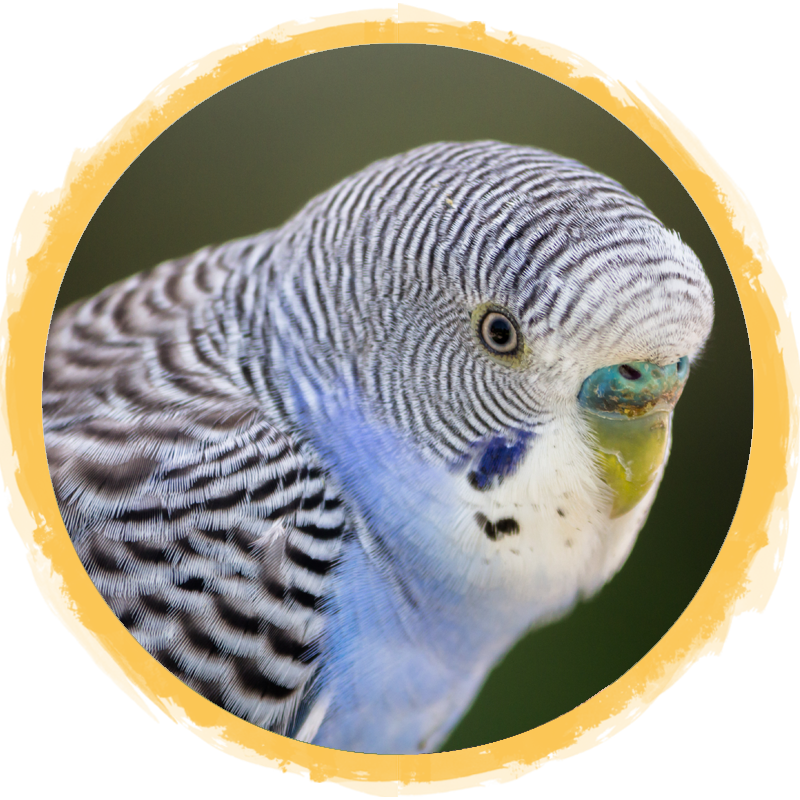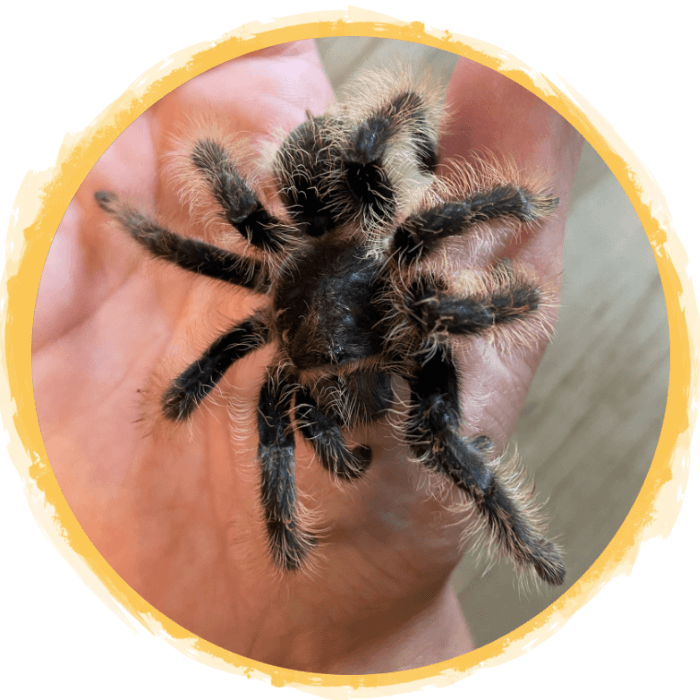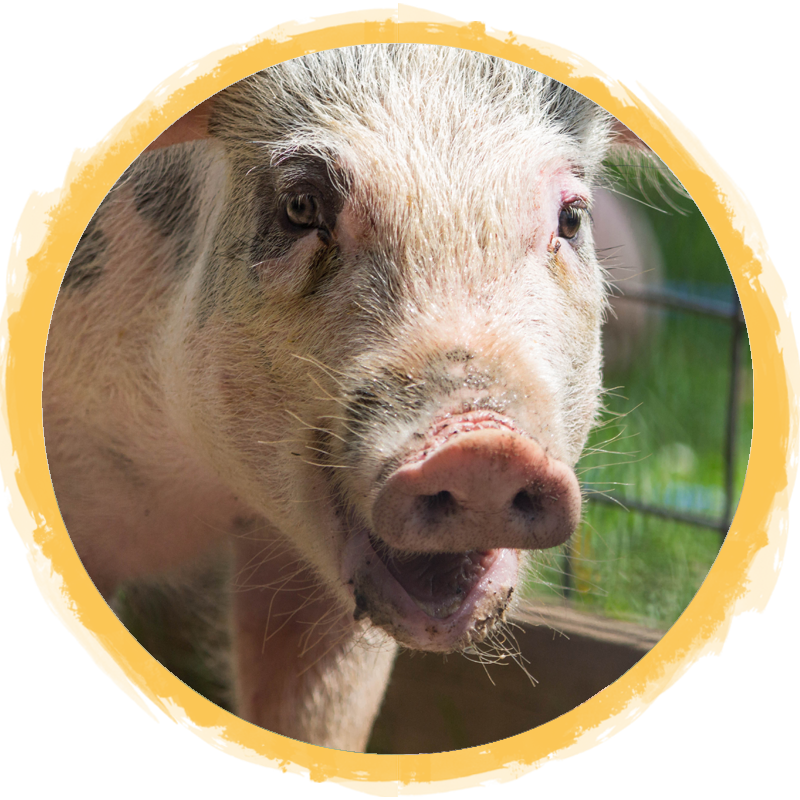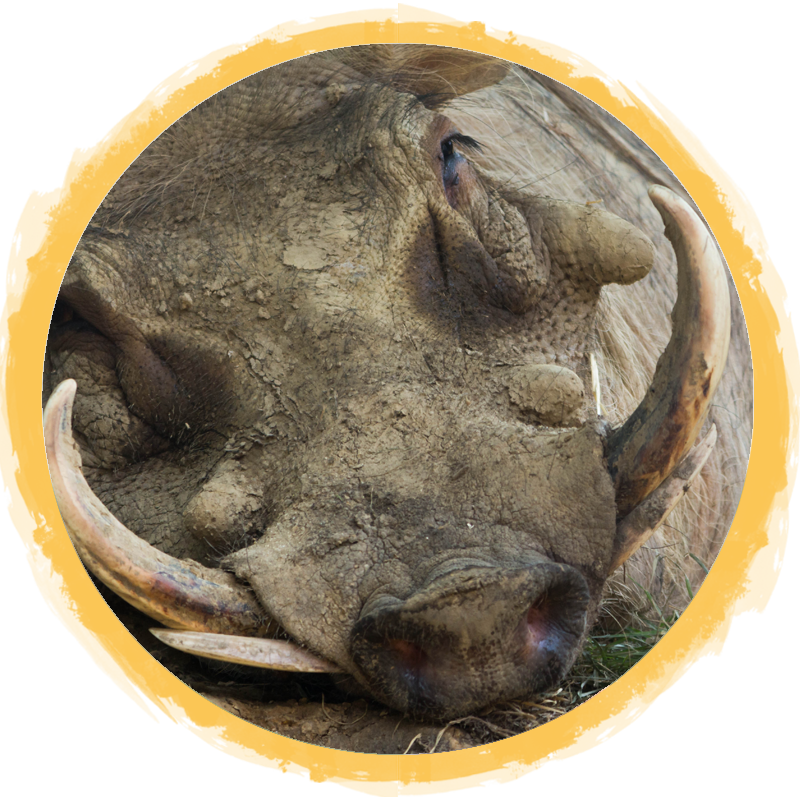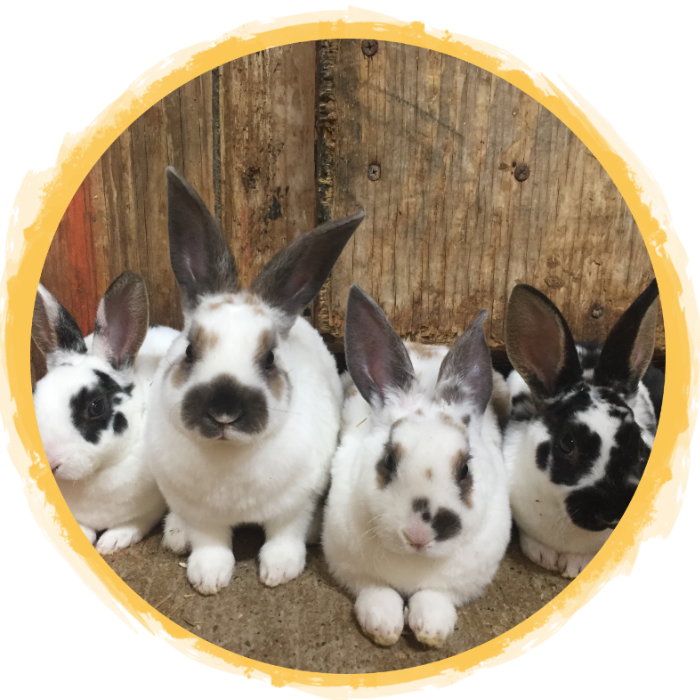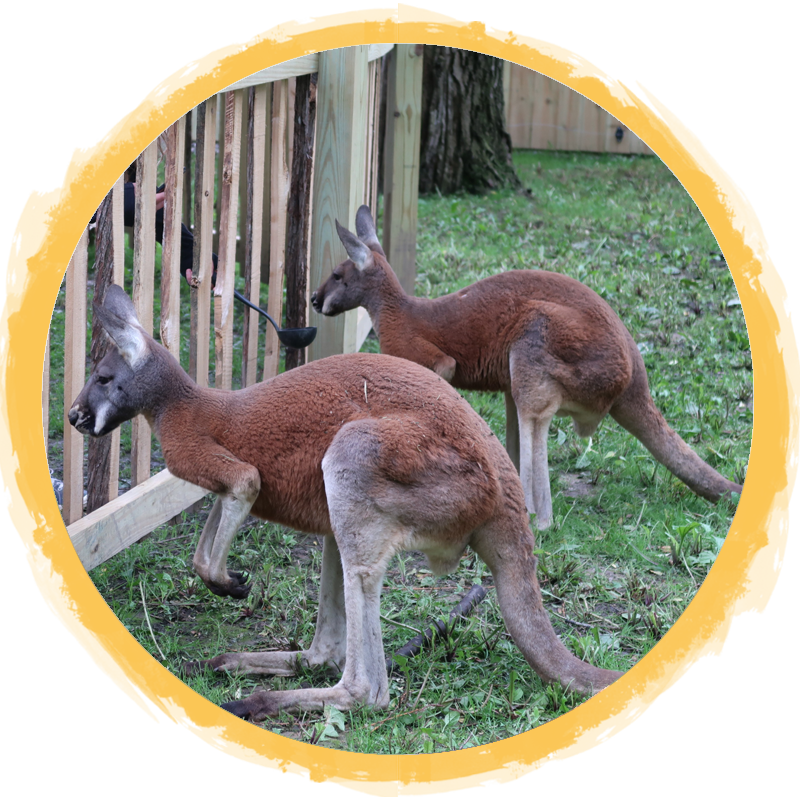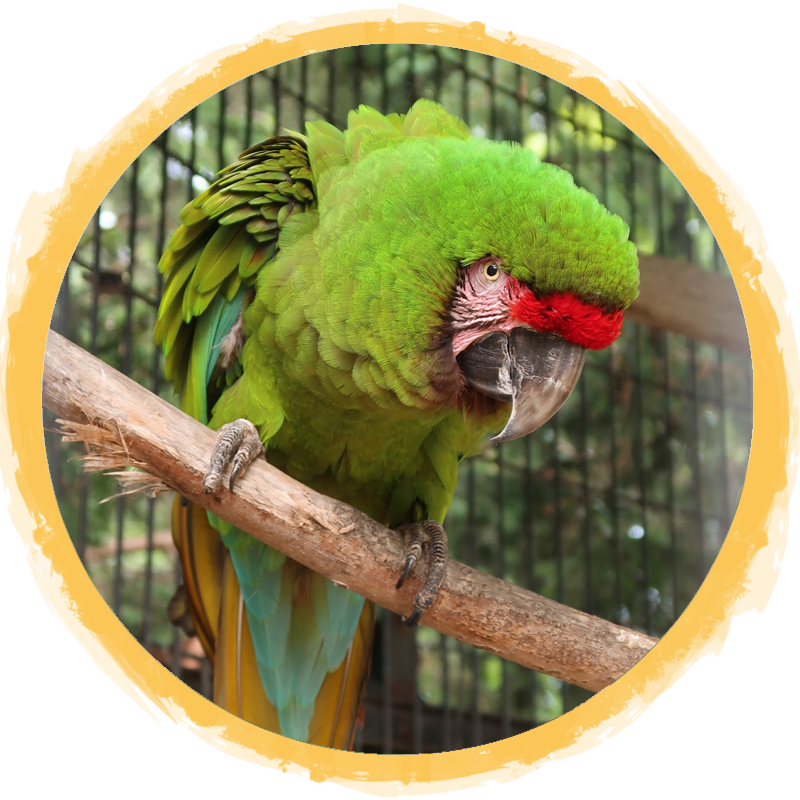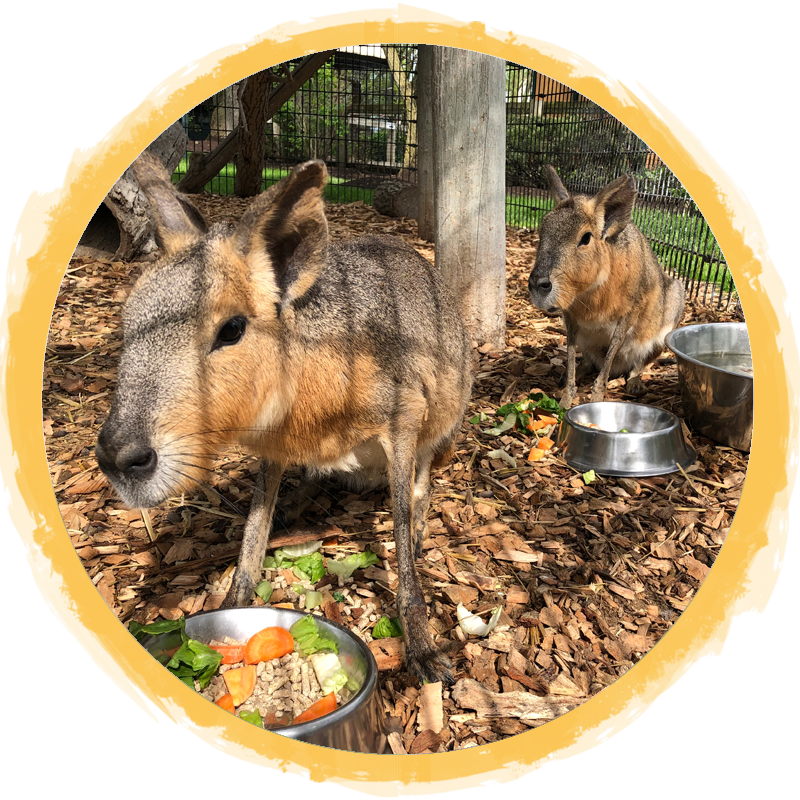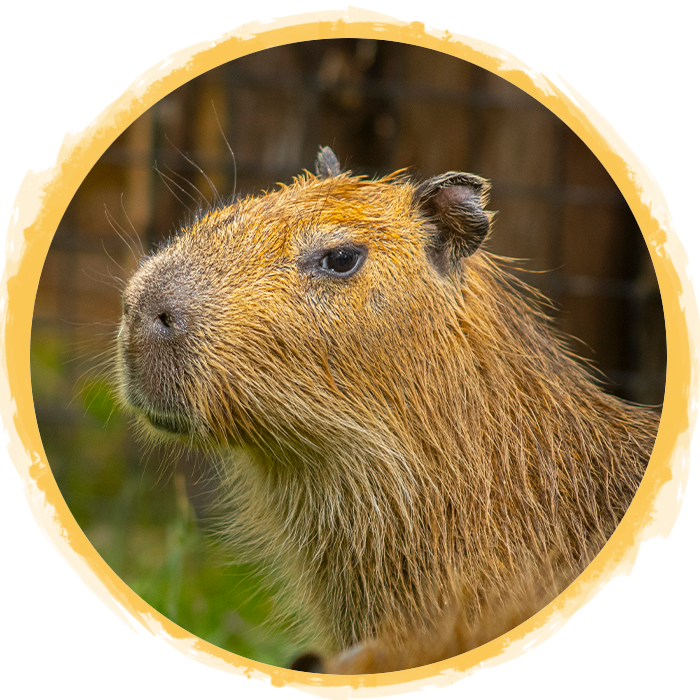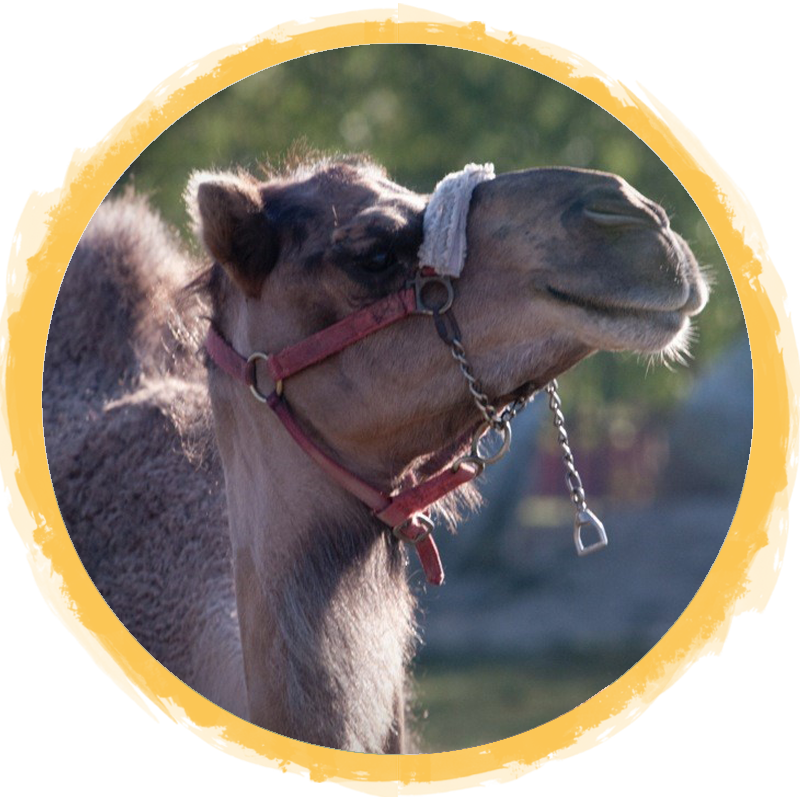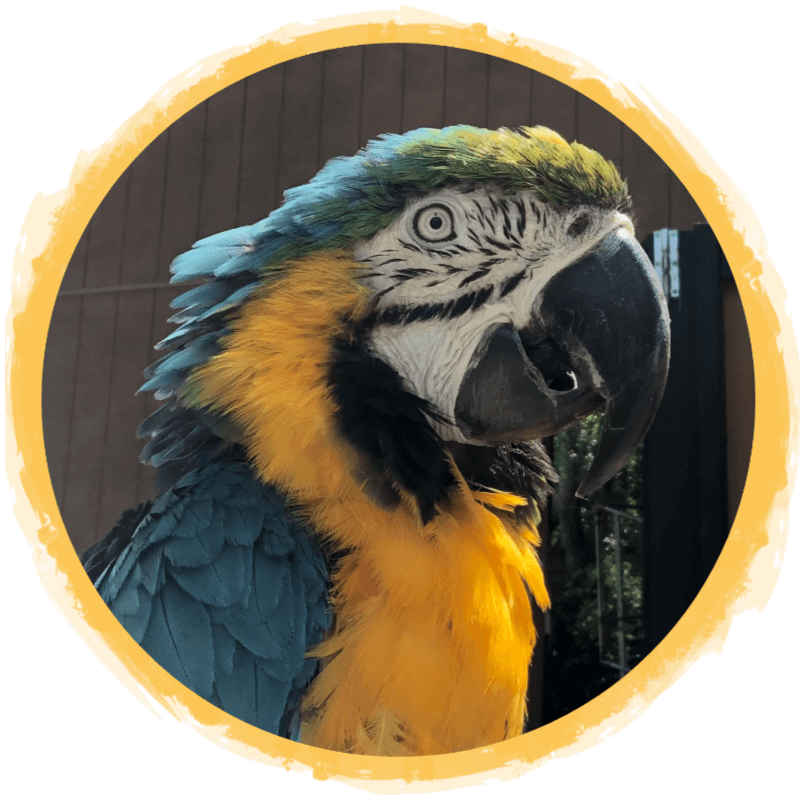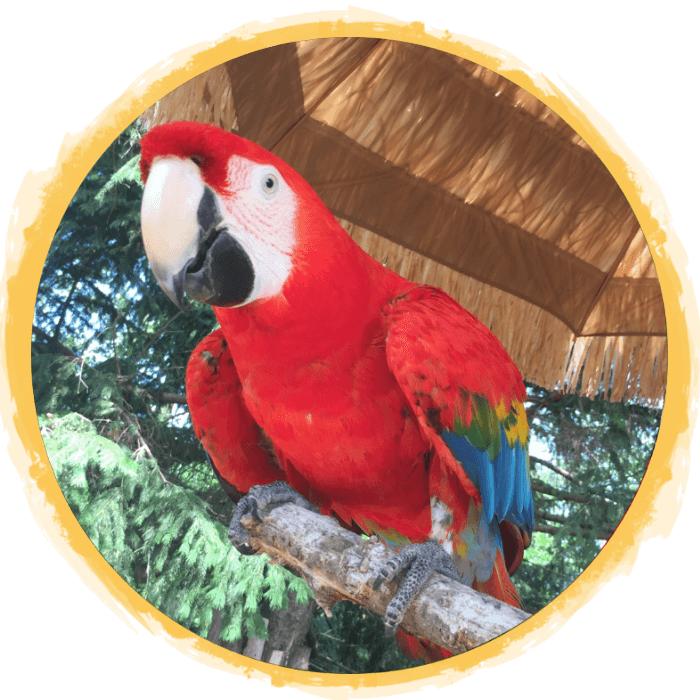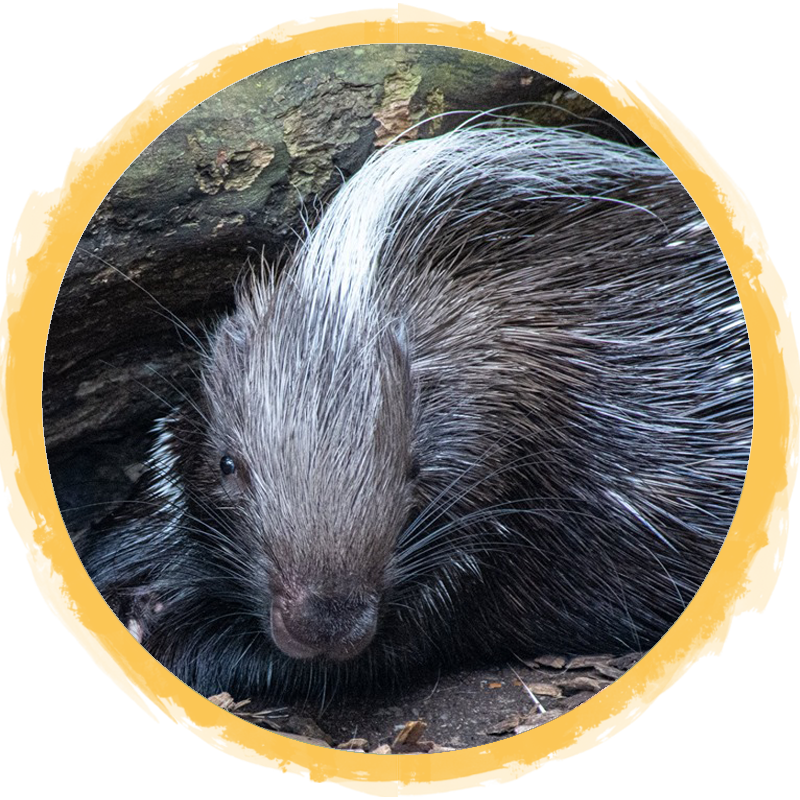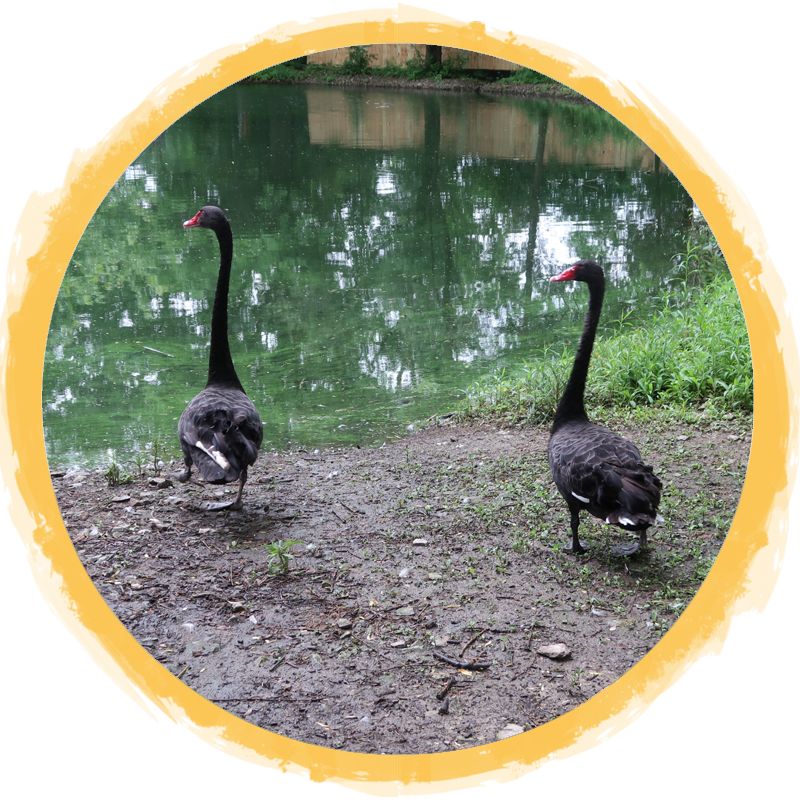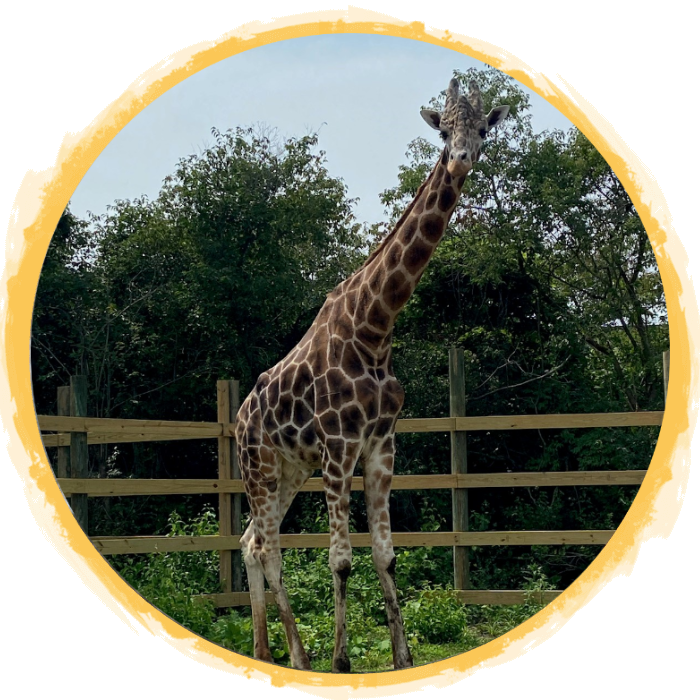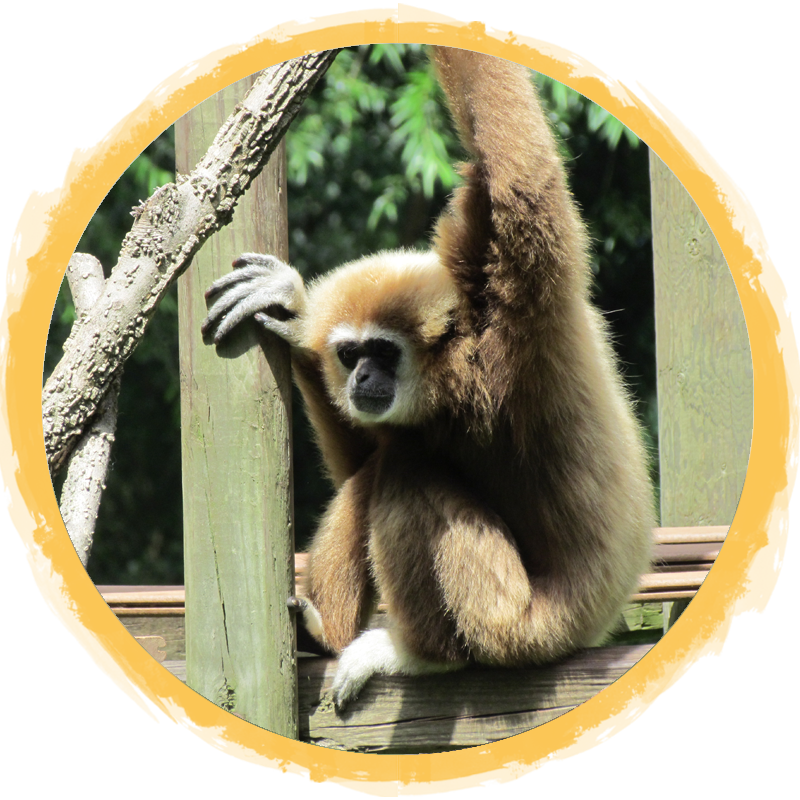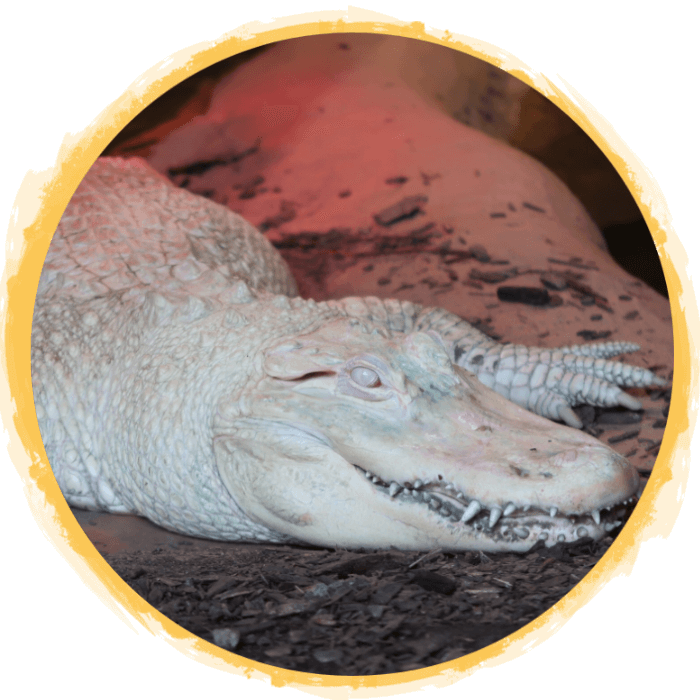(Equus quagga)
The Grant’s Zebra is the most abundant of the 3 species of Zebra and are members of the equids, or horse family. They primarily live in open grasslands and savannahs. The Grant’s Zebra lives in close-knit groups called families or harems, led by a single male. There can be up to 17 members in each family. They however do not have permanent herds and mingle with other herds. Zebra’s are considered nomadic which means they do not have specific territories.
They have a sentry system which means that while most of the herd sleeps, they have some that stand guard.
Their stripes help protect them from predators, if all zebras are running together, it can be hard for lions to pick out one individual zebra. Like many animals, their eyes are on the sides of their head which gives them a wider field of vision. When they see a predator approaching, Grant’s Zebra will gather together so that the predator can only see a maze of stripes. Their most powerful weapon is their legs, as their powerful kick can seriously injure predators. When a predator is near, the lead male alarms the herd of any danger and defends the herd while the females and young run away.
Every Zebra’s stripe pattern is different.
Like horses, Females are called mares, males are called stallions, and the young are foals. They communicate through facial expressions and sounds like barking and baring their teeth, this can be a greeting, helps to prevent aggression and can look like they are smiling. They also form bonds by grooming each other. Foals must be up and running quickly to keep up with the herd and zebras care for their young similarly to domestic horses.
How can we help? The biggest threats to zebras are loss of habitat, poaching and droughts. In the late 19th century, overhunting and competition with livestock actually led them to near extinction and they are often hunted for their skins. Civil wars and political conflicts have also harmed their habitats. Their relatives, the Grevy and mountain Zebras are actually more threatened than the Grant’s Zebra. To help, we need to preserve their habitat and promote coexistence between them and livestock. Poaching is a key factor in declining populations, so we have to try and stop this illegal form of hunting.
Fast Facts
Country of Origin: Africa
Weight: 500 - 660 lbs
Size: 4 - 4.6 feet
Lifespan: 15 - 25 years in the wild
Diet: Zebra feed almost entirely on grasses, but may occasionally eat shrubs, herbs, twigs, leaves, and bark.

